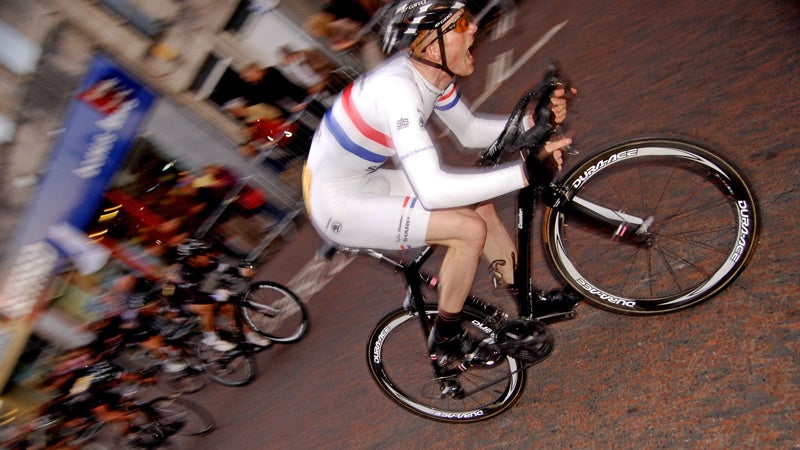Scientists have argued the health benefits of short bursts of intense exercise for years, but published in the journal PLOS One prescribes the shortest interval and overall time commitment yet.
As reported in the , researchers from McMaster University found that one minute of high exertion, as part of a 10-minute exercise program performed three times per week over six weeks, yields statistically significant aerobic benefits.
After wondering how little intense exercise someone could do while still seeing benefits, lead kinesiologist Dr. Martin Gibala and his team rounded up a small sample size of 14 sedentary, obese, but otherwise healthy men and women to try what they call “sprint interval training.” The subjects were put on a six-week stationary bike training regimen; they performed three 20-second maximum-intensity intervals as part of each session, the rest of which called for easy pedaling.
This might not seem like enough exercise to make a difference—and for marathoners or professional athletes, it definitely isn’t—but it had a major impact for these subjects. The men and women saw a 12 percent gain in peak oxygen uptake in just six weeks, in addition to lower blood pressure and more efficient muscular activity.
Surprisingly, the researchers found that male subjects showed improved blood sugar control while female subjects did not. Gibala’s team suspects that differences between how men and women burn sugar and fat for fuel—or their limited sample size—may affect this. have found that women burn glucose almost half as effectively as men in sprint conditions.
Gibala is hopeful that the study will get more people involved in interval training and show that a busy schedule isn’t a limiting factor to better health. “We’ve dropped from 30-second all-out intervals to 20-second intervals,” Gibala told the Times, “because for many people, those last 10 seconds were excruciating.”


